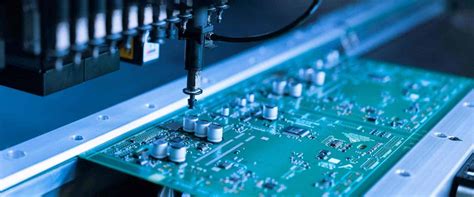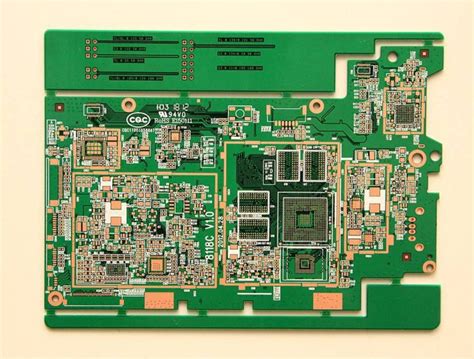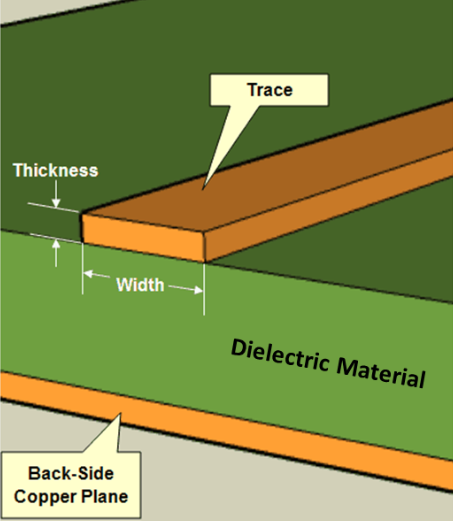Maximizing Efficiency in Contract Manufacturing PCB Assembly
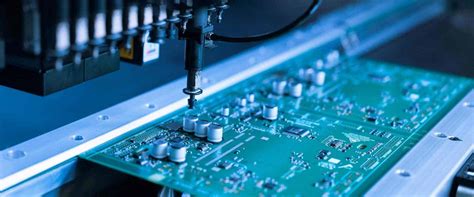
Key Takeaways
In the realm of contract manufacturing PCB assembly, understanding the intricacies of the process is essential for maximizing efficiency. PCB assembly involves multiple stages, including design, production, testing, and delivery of printed circuit boards. To optimize this process, companies should adopt best practices such as implementing standardized workflows and maintaining strict quality control protocols. Leveraging advanced technologies, such as automation and improved software solutions, can significantly enhance the productivity of pcba operations. Furthermore, fostering a culture of collaboration among teams and stakeholders is crucial; for instance, regular communication can lead to quicker problem-solving and innovation in manufacturing techniques.
"Investing in training for employees not only elevates skill levels but also inspires a sense of ownership in the efficiency outcomes."
Cost reduction strategies, such as bulk purchasing of materials and utilizing cost-effective sourcing partners, also play a vital role in enhancing overall profit margins. Lastly, consistently measuring and analyzing efficiency metrics empowers organizations to pinpoint areas for improvement, ensuring that both current standards are met and future goals are set effectively. By embracing these strategies, companies can streamline their pcb assembly processes, thus achieving a competitive edge in the ever-evolving landscape of electronics manufacturing.
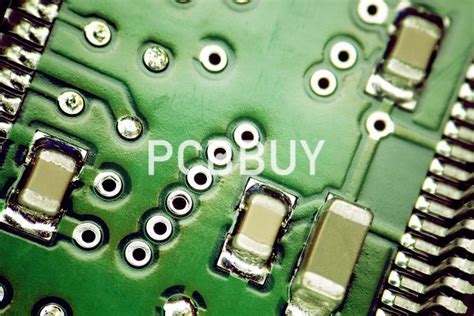
Understanding Contract Manufacturing PCB Assembly
Contract manufacturing in PCB assembly involves outsourcing the production of printed circuit boards (PCBs) to specialized companies. This allows original equipment manufacturers (OEMs) to leverage external expertise and resources, leading to increased efficiency and focus on core business activities. In the realm of PCBA (Printed Circuit Board Assembly), partnering with experienced contract manufacturers can significantly streamline processes, ensuring that the end products meet high-quality standards while also adhering to specific timelines.
The relationship between an OEM and a contract manufacturer is crucial. A successful pcb assembly project begins with a thorough understanding of design specifications and production requirements. This transparency fosters collaboration and helps both parties align their expectations, ultimately leading to optimized workflows.
Here are some critical factors to consider in understanding contract manufacturing PCB assembly:
| Factor | Description |
|---|---|
| Design Collaboration | Joint efforts in design can prevent costly revisions later. |
| Production Capacity | Assessing the manufacturer’s capacity ensures demand is met. |
| Quality Control Systems | Implementing strict quality standards avoids defects. |
| Lead Times | Understanding timelines helps in planning and inventory management. |
As companies increasingly demand faster production cycles without compromising quality, knowing how to effectively manage the relationship with your contract manufacturer is vital. It opens avenues for innovation, cost savings, and the effective use of advanced technologies, thus enhancing overall productivity in the pcba process. By effectively navigating these elements, companies can maximize their operational efficiency while maintaining high standards in hardware manufacturing.
Key Challenges in PCB Assembly and Solutions
In the realm of contract manufacturing PCB assembly, also known as PCBA, there are several significant challenges that manufacturers often encounter. One primary issue is maintaining quality control throughout the manufacturing process. Fluctuations in component quality can lead to defects that ultimately compromise the performance of the final product. To address this, implementing automated inspection technologies can be highly beneficial, as they allow for consistent and thorough examination of PCB assembly lines. Another challenge is managing lead times effectively; delays in component procurement or production lines can disrupt project timelines. Employing a just-in-time inventory approach can help alleviate this issue by ensuring that materials are available right when they are needed without excess stock. Additionally, labor shortages or skill gaps pose significant hurdles in achieving optimal productivity levels. To counter this, investing in employee training programs focused on advanced manufacturing techniques and PCBA best practices is crucial for fostering a knowledgeable workforce that can adapt to evolving technologies. By proactively addressing these challenges with innovative solutions, companies can enhance their overall efficiency and competitiveness in the dynamic landscape of contract manufacturing.
Best Practices for Streamlining PCB Manufacturing
To achieve maximum efficiency in PCB assembly (commonly referred to as PCBA), it is essential to implement best practices that streamline the manufacturing process. One key practice is to utilize a robust design for manufacturability (DFM) strategy. This involves collaborating closely with engineers during the design phase to identify potential production challenges early on, thereby minimizing costly revisions later. Additionally, adopting modular design principles can enhance flexibility and allow for quicker adaptations in response to changing market demands.
Another important aspect is efficient material management. Ensuring that the right materials are available at the right time not only reduces delays but also supports a smoother workflow during PCB assembly. Additionally, leveraging automated inventory systems can aid in tracking material usage and forecasting needs accurately.
Furthermore, implementing lean manufacturing techniques can significantly eliminate waste and maximize productivity throughout the PCB assembly process. This involves continuous assessment of workflows and identifying areas where redundancies exist or where processes can be optimized.
Finally, regular training and development programs for employees are crucial in keeping them updated about new technologies and methodologies in the industry. By fostering a culture of continuous improvement, companies can ensure that their workforce is skilled and adaptable, ultimately leading to enhanced efficiency and lower production costs in PCBA operations.
Advanced Technologies Driving Efficiency in PCB Assembly
In today’s fast-paced manufacturing environment, advanced technologies play a crucial role in enhancing the efficiency of PCB assembly processes. One of the most transformative advancements is the implementation of automated equipment. By incorporating robotic systems for tasks such as soldering and component placement, manufacturers can significantly reduce human error and increase production speed. Additionally, smart factories, equipped with Internet of Things (IoT) devices, allow for real-time monitoring and management of production lines, leading to a more streamlined workflow. This connectivity not only facilitates quick adjustments in response to production bottlenecks but also enables predictive maintenance, minimizing downtime.
Furthermore, Artificial Intelligence (AI) and machine learning algorithms are increasingly being utilized to optimize supply chain management and improve quality control processes within PCB assembly. These technologies analyze vast amounts of data to forecast demand accurately, which helps in inventory management and reduces waste. Another innovative approach is the use of 3D printing, which allows for rapid prototyping of complex circuit designs, enabling quicker iterations and shorter development cycles for new products.
Incorporating these advanced technologies not only boosts productivity but also ensures that manufacturers maintain high standards of quality throughout the PCBA lifecycle. As these technological trends continue to evolve, they will undoubtedly pave the way for even greater efficiencies and capabilities in the realm of contract manufacturing PCB assembly.
The Role of Collaboration in Enhancing Productivity
In the realm of contract manufacturing PCB assembly (often referred to as PCBA), collaboration stands as a pivotal element in achieving enhanced productivity. By fostering strong partnerships among manufacturers, suppliers, and clients, companies can streamline processes and facilitate smoother communication throughout the production cycle. This collaborative approach allows stakeholders to share insights and best practices, ultimately leading to more efficient workflows. For instance, when clients provide detailed specifications and feedback early in the pcb assembly process, manufacturers can adjust production methods accordingly, minimizing delays and reducing potential errors. Additionally, leveraging advanced technologies such as real-time data analytics can further improve collaboration by offering transparency into production status and potential bottlenecks. As teams work together more cohesively, they not only enhance productivity but also contribute to a culture of continuous improvement that fosters innovation within the PCBA landscape.

Cost Reduction Strategies in Contract Manufacturing
In the realm of contract manufacturing PCB assembly, effectively reducing costs while maintaining high quality is a crucial undertaking. One of the most significant strategies is optimizing the supply chain management of pcba components. Establishing strong relationships with suppliers can lead to bulk purchasing discounts and improved lead times, ultimately lowering overhead costs. Furthermore, implementing lean manufacturing principles encourages the minimization of waste throughout the production process, which is vital for enhancing profitability in pcb assembly operations. Automation and advanced technologies also play a pivotal role; by incorporating automated testing systems and robotic assembly, companies can significantly increase throughput while reducing labor costs. Additionally, training staff on best practices and efficient use of tools contributes to decreased production time and fewer errors, further driving savings in overall manufacturing expenses. By embracing these cost reduction strategies, businesses can enhance their competitive edge in the fast-paced market of pcb assembly and ensure sustainable growth.
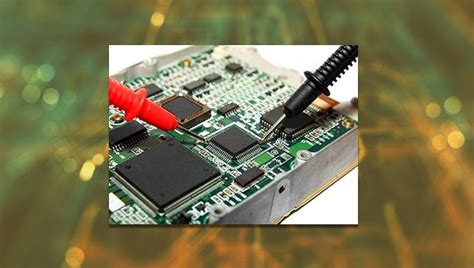
Measuring and Analyzing Efficiency Metrics
In the realm of contract manufacturing PCB assembly, understanding and analyzing efficiency metrics is crucial for enhancing operational performance. Efficiency metrics serve as quantitative measures that help in assessing the smoothness of the PCB assembly process, identifying bottlenecks, and implementing improvements. Commonly used metrics include cycle time, yield rates, and labor productivity, which provide insights into how effectively resources are being utilized. By conducting thorough analysis of these metrics, manufacturers can pinpoint areas where waste occurs, enabling them to adopt targeted strategies that bolster productivity while reducing costs. Integrating advanced tools and technologies like data analytics can further facilitate real-time monitoring of pcba processes. This allows manufacturers to make informed decisions promptly, cultivating a culture of continuous improvement. Furthermore, regular benchmarking against industry standards helps organizations remain competitive in the market by ensuring that their operations align with best practices for efficiency in PCB assembly. In conclusion, a systematic approach to measuring and analyzing these efficiency metrics not only enhances productivity but also drives long-term success in contract manufacturing.
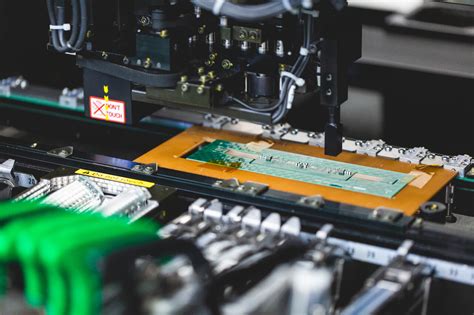

Conclusion
In summary, the journey of optimizing contract manufacturing PCB assembly is a multifaceted endeavor that requires a comprehensive understanding of various elements at play. By implementing best practices, manufacturers can significantly enhance the efficiency of the PCB assembly process. Utilizing advanced technologies such as automation and AI-driven analytics can contribute to pinpointing areas needing improvement, thus streamlining operations and minimizing waste. Furthermore, fostering a culture of collaboration among teams and stakeholders—encompassing design engineers, production staff, and supply chain partners—can lead to innovative solutions that bolster productivity. This collaborative approach not only aids in resolving key challenges but also positions companies to navigate future trends in the industry more effectively. Ultimately, focusing on these strategies can result in substantial cost reductions while maintaining high-quality standards in PCBA, paving the way for sustainable growth and success in the world of electronics manufacturing.
FAQs
What is contract manufacturing PCB assembly?
Contract manufacturing PCB assembly (PCBA) is a process where a third-party manufacturer produces printed circuit boards and assembles electronic components onto them. This allows companies to focus on their core competencies while leveraging the expertise of specialized manufacturers.
What are the benefits of working with a contract manufacturer for PCBA?
Partnering with a contract manufacturer can lead to cost savings, increased production efficiency, and access to advanced technologies. Moreover, it allows for scalability in production without the need for significant investment in infrastructure.
How can I ensure quality in PCB assembly?
To ensure quality in PCB assembly, utilize a comprehensive quality assurance program that includes rigorous testing, validation procedures, and adherence to industry standards. Engaging with manufacturers who follow strict quality protocols is essential.
What technologies are currently enhancing efficiency in PCBA?
Advanced technologies such as automated soldering, robotic assembly systems, and artificial intelligence-driven inspection methods are significantly improving efficiency in PCB assembly processes. These innovations streamline operations and reduce human error.
What challenges might arise when outsourcing PCB assembly?
Common challenges include communication barriers, cultural differences, potential intellectual property risks, and varying levels of expertise among contractors. Clear agreements and regular communication can help mitigate these issues.
How does collaboration impact efficiency in contract manufacturing?
Collaboration fosters open communication between designers, engineers, and manufacturers. This synergy can lead to innovative solutions that enhance productivity and streamline processes within the PCB assembly lifecycle.

